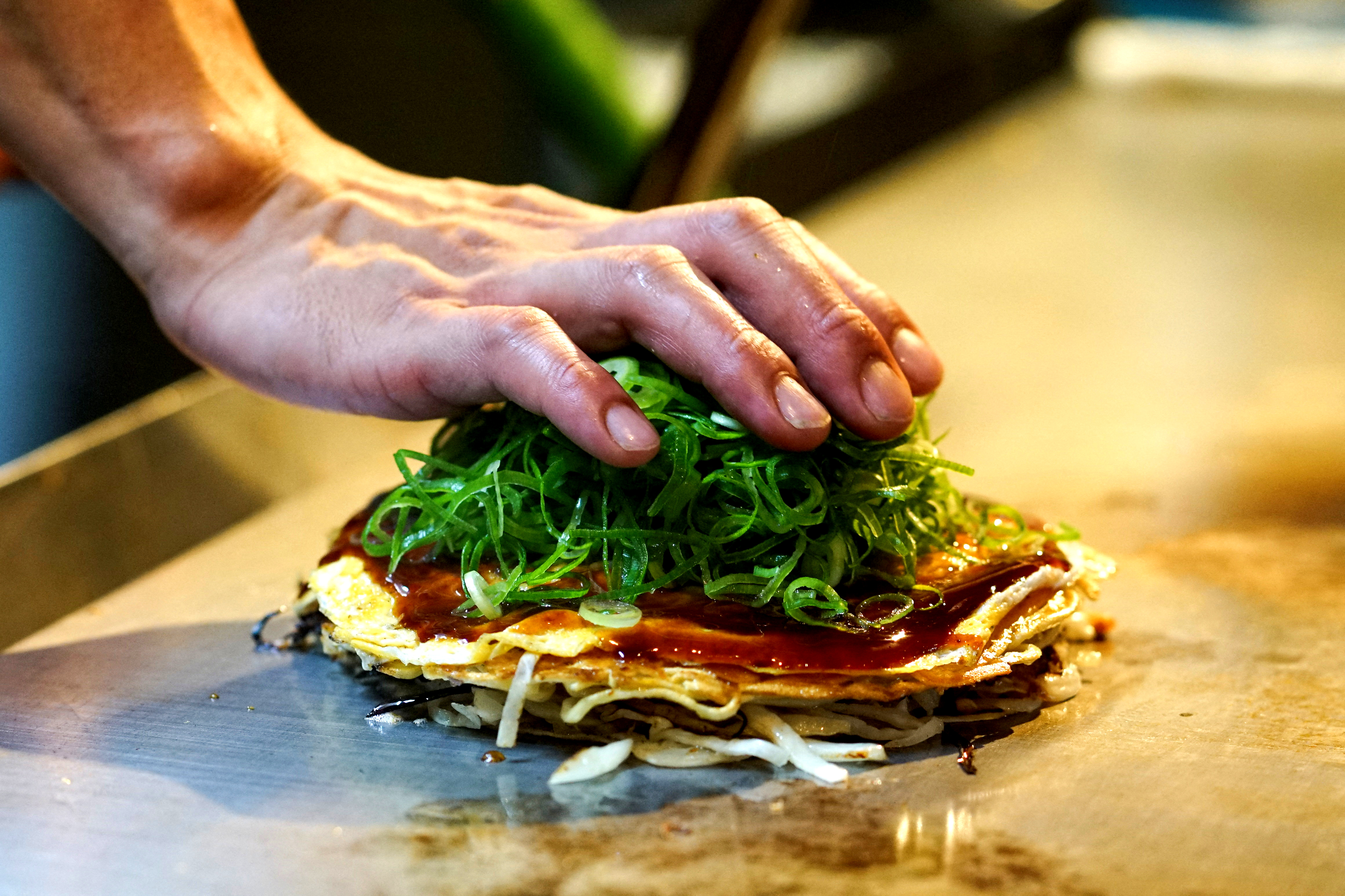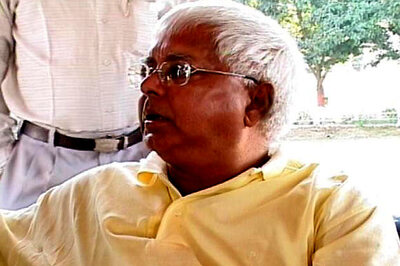
views
This week’s summit of the Group of Seven wealthy democracies in Hiroshima will include eight other guest nations, part of a complicated, high-stakes diplomatic gambit meant to settle the world’s most serious crises. Japanese Prime Minister Fumio Kishida has invited South Korea, Australia, India, Brazil, Vietnam, Indonesia, Comoros and the Cook Islands.
Almost eight decades later, as the threat of nuclear weapons resurfaces — this time in Ukraine – survivors of the atomic blasts, known as hibakusha, are pressing G7 leaders to deliver a forceful statement condemning the use of atomic weapons when they meet later this week in Hiroshima, as per a report by the Guardian.
One of the dishes that will be on the menu during the summit is okonomiyaki, which has an interesting history after the Hiroshima bombings.
What is Okonomiyaki?
The ‘local speciality’ is okonomiyaki, a crepe-like pancake stuffed with everything from cabbage to pork belly slices and noodles. The term translates to ‘baked as you like,’ implying that the toppings can be tailored to one’s liking. A traditional Hiroshima-style okonomiyaki is flavoured with bonito, which is powdered fermented tuna, and slathered with an umami-ish okonomiyaki sauce made with soy sauce, shiitake mushrooms, vinegar, and other ingredients.

According to a Reuters report, Hiroshima has over 800 restaurants that specialise on okonomiyaki. The dish is so well-known that the Okonomiyaki Academy, a trade organisation, has organised a menu featuring variations of this pancake for G7 representatives.
It is Said Okonomiyaki Helped Rebuild Hiroshima
After the atomic explosion of Hiroshima on August 6, 1945, starving survivors rescued iron plates and returned to the traditional snack, using massive amounts of wheat supplied by the US, as per a report by the Guardian.
With the addition of pork, cabbage, eggs, and yakisoba noodles, the simple pancake blossomed into something far more gratifying as the city recovered. Hiroshima okonomiyaki (literally “cooked as you like”) was born.
Restaurants anticipate an increase in business when G7 delegations, journalists, and non-governmental organisations gather in Hiroshima this week.
Okonomiyaki is popular throughout Japan, especially in the Kansai region, which includes Osaka, Kyoto, and Kobe, and in Hiroshima, which is about 300 kilometres down the Inland Sea coast from Osaka. However, the Hiroshima region has a unique claim to fame: it boasts more okonomiyaki restaurants per capita than any other location in the country, with over 2,000 in Hiroshima city alone, as per a BBC report. Okonomimura (literally Okonomi Village), located in the heart of downtown Hiroshima, is a four-story maze of more than 25 okonomiyaki restaurants, each with its own twist.
Some restaurants on Miyajima Island, just a 10-minute ferry journey across Hiroshima Bay, provide anagoyaki: okonomiyaki with slices of anago (conger eel), an island speciality.

This “whatever you like” attitude also makes okonomiyaki a great dish to create at home, utilising whatever ingredients you have on hand or leftovers from your fridge.
Early Version
An early prototype of Hiroshima’s okonomiyaki appeared before World War II. It was basically a thin pancake topped with green onions and dried fish flakes or shrimp and was known as “issen yshoku” (literally: “one-coin Western food” or “Western food for a penny”), but it proved very popular among youngsters, as per the BBC report.
In the aftermath of the Hiroshima bombing, survivors were forced to make do with whatever food they could find due to severe food shortages. Some resourceful people recovered iron plates from the ruins and used them as makeshift hotplates to cook issen yshoku, their favourite pre-war delight, with flour and whatever else they could get their hands on.




















Comments
0 comment